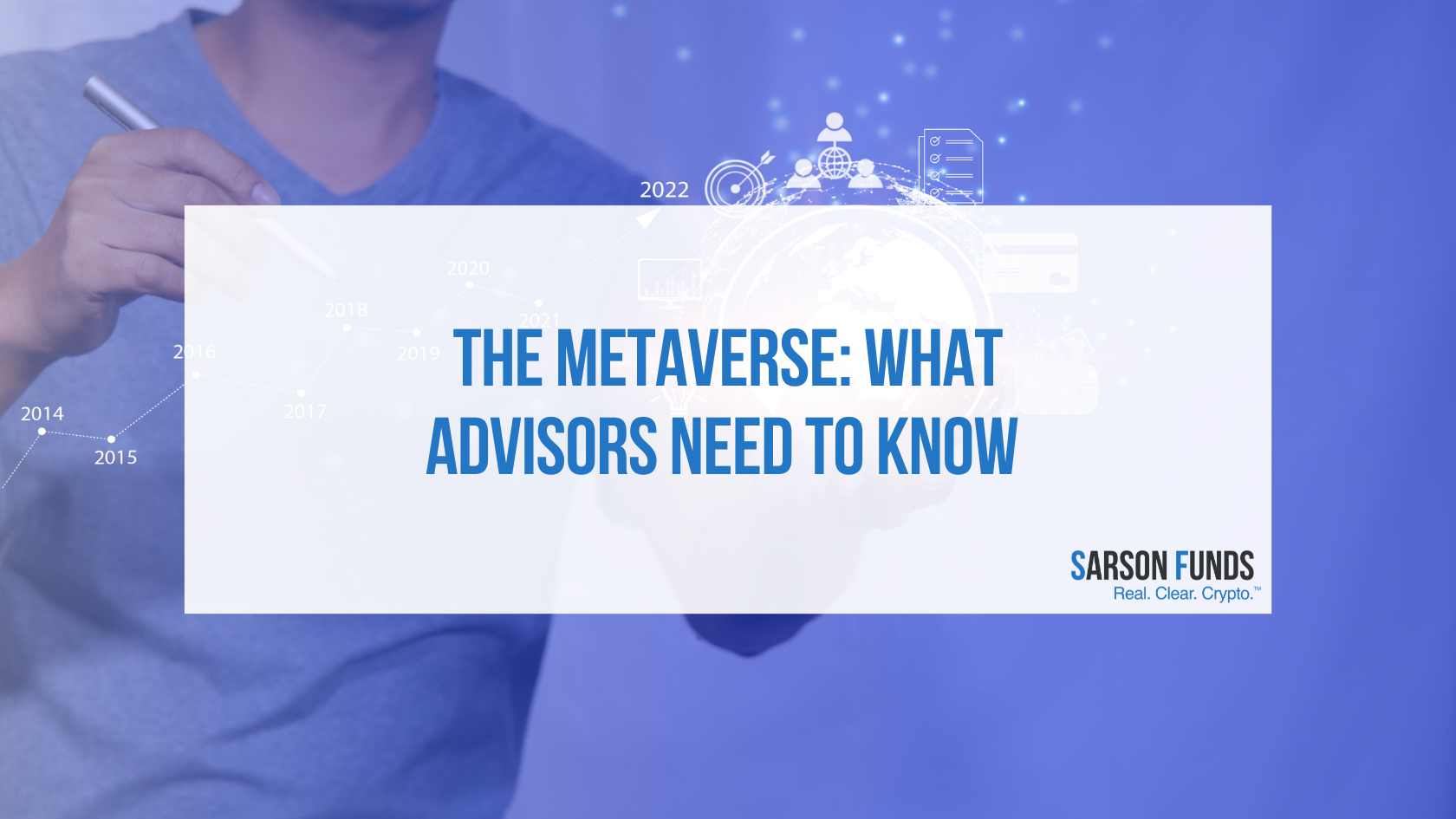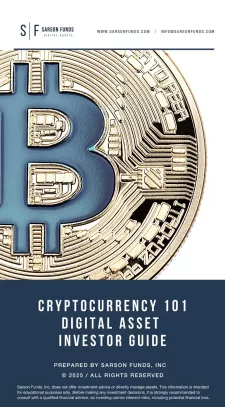
The metaverse has been a hot topic of discussion lately. As an advisor, it can be difficult to manage the multitude of changes happening due to blockchain technology. To better answer questions for their clients, it would be helpful for advisors to understand what the metaverse is and where is this all coming from.
The world is experiencing a technological revolution, much like the financial-agricultural revolution in the 17th century and the industrial revolution in the 18th and 19th centuries. The metaverse is just a small piece of a technological revolution that has been going on for over a decade. To put it into perspective, revolutions of this type typically take place over several decades, 50 to 100 years for example.
What Exactly IS the Metaverse?
The metaverse is the culmination of all that is Web 3.0 which is the next generation of the internet. The metaverse is the most current solution that provides people the ability to create, design, do business, build communities, and much more. The difference is that metaverse allows us to collaborate in a way that levels up our businesses and social interactions. It all started with Web 1.0.
Web 1.0 – The Birth of the Internet
In the early 1990’s, computers began to take on a greater role in people’s lives as we were finally able to access information. The internet was born and access expanded greatly during that time. Consumer culture began taking on a new identity. Search Engines popped up and began providing alternatives to encyclopedias, dictionaries, and much more. Remember trying to do research in an Almanac? The internet started solving that problem.
One of the biggest drivers of the dot.com growth was online retail. As soon as retail made it onto the scene, we experienced the dot-com boom. Tech stocks grew by well over 200%. Remember Amazon.com?
As is the nature of technology, innovators and developers started looking at Web 1.0 and began wondering what else was possible.
Web 2.0 – Consumers Begin Interacting With The Web

With the technological advances of Web 2.0 architecture, people were able to access a variety of media with greater speed and efficiency. Web 2.0 provided a way for people to share their thoughts about the information through likes and dislikes. Collaborative communities were created, and people were able to share the information with each other. Once again, technology evolved, bringing people and ideas closer together.
Web 2.0 provided opportunities for improvement further propelled due to a global pandemic which required people to stay at home while still living life. The timing became ripe for Web 3.0 to be born even though it was a concept first mentioned in the 90s.
Web 3.0 – The Next Generation
Web 3.0 provided machine learning and a better, more intelligent way to connect. The experience became more individualized. People were given a way to design their world in a collaborative way at a fraction of the cost.

The metaverse provides the opportunity for a user to design a space that suits the user’s experience, not the developers. With the increased security levels available, users are given more choices when it comes to their intellectual and personal properties and identities. Users are able to do more than just react to the web. Now, it is possible to interact and create through Web 3.0. Users are able to decide on the design of their neighborhoods and create “membership only” areas for exclusivity based on preferences.
NFTs and Metaverse
While there are NFTs in the form of jpegs and digital collectibles, NFTs are about much more. Imagine owning your online merchandise, tickets, and identity.

NFTs provide the ability to own and authenticate your stuff as both a retailer, and as a consumer. They provide data sovereignty, the ability to own your personal data. Owning your data means that users get to decide how their personal data is used. Not Google or Facebook.
NFTs can also provide membership rights and special benefits and help to unite communities with similar interests. An NFT gives creators the ability to merge into the next generation of commerce, business, life, and community. The use cases continue to grow.
The NFT metaverse connection presents one of the most promising use cases for NFTs bringing many new opportunities for investors, businesses, collectors, hobbyists, and creators.
Into the Future
There are still many unanswered questions regarding the metaverse, avatars, and NFTs. Where do you find land? How do you create the right neighborhood? With hundreds of metaverses to choose from, how do you know which ones are right for you? How does a person invest in metaverse? What are some considerations regarding your metaverse investment?
This is the just beginning and it continues to get better with each iteration. It’s not a matter of whether it is coming anymore. It’s simply a matter of when.
Written by Jenell McLaughlin
Disclosures: Not investment advice. It should be assumed that Sarson Funds or its affiliated managers hold positions in all projects that are discussed. It is not possible to invest in any project directly through Sarson Funds, Inc. or its affiliated managers. Any investment product offered by managers affiliated with Sarson Funds should be assumed to be only available to Accredited Investors and subject to the individual terms and conditions of that offering including but not limited to those eligibility requirements associated with U.S. Securities Regulation D, section 506c. Talk with your financial advisor before making any investment decisions or have them contact Sarson Funds directly at [email protected]








